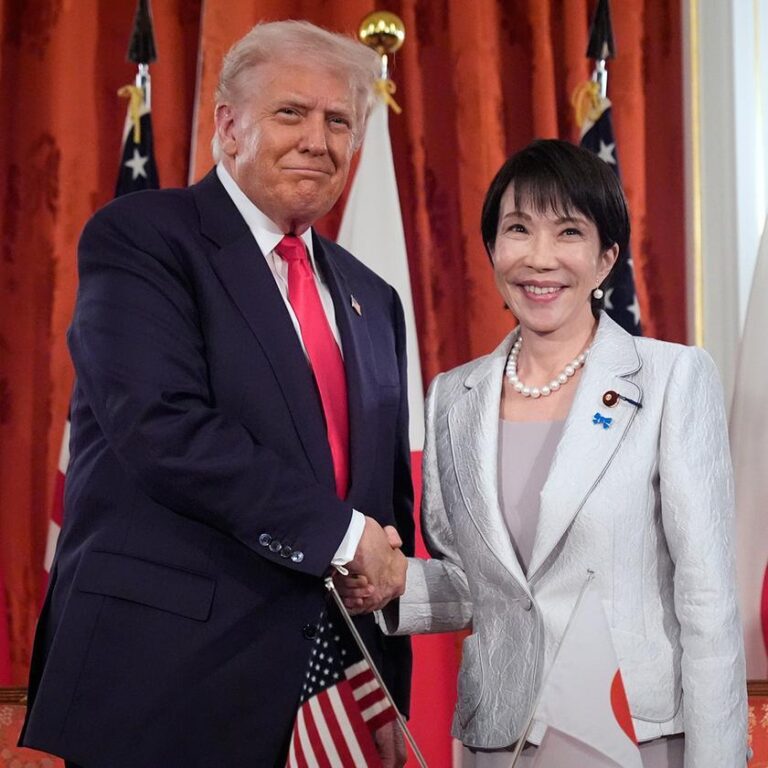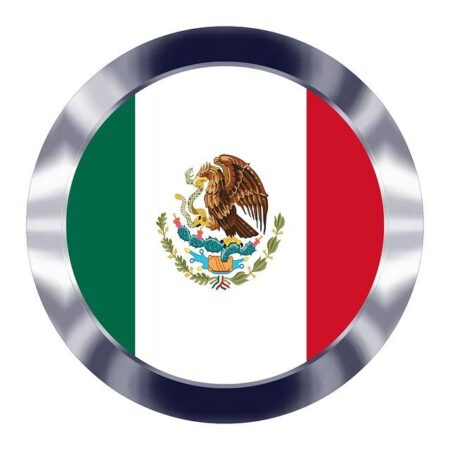Former President Donald Trump delivered a robust address aboard a US Navy aircraft carrier docked in Japan, where he commended American troops and highlighted the impact of his tariff policies on global trade. Speaking to service members during his visit, Trump emphasized the importance of military strength and economic measures in advancing US interests abroad. This event marks a significant moment as Trump reinforces his messaging on national security and trade amid ongoing geopolitical tensions in the region.
Trump Commends US Military Personnel During Japan Carrier Visit
During an unexpected visit aboard a US Navy aircraft carrier docked in Japan, former President Donald Trump took time to commend the dedication and professionalism of the American military personnel stationed there. Speaking directly to service members, Trump emphasized their role as the backbone of national defense, praising their “unwavering commitment” in challenging global environments. The visit highlighted the ongoing importance of US forces in maintaining stability and security across the Indo-Pacific region.
In addition to applauding the troops, Trump touched upon the impact of his administration’s trade policies, particularly tariffs, on international relations and economic strength. He outlined key points regarding the strategic use of tariffs aimed at protecting American jobs and industries, especially in the context of balancing power with trading partners like China and Japan. The remarks included:
- Strengthening American manufacturing through targeted tariffs
- Leveraging trade as a tool for diplomatic negotiation
- Ensuring economic security aligns with military readiness
| Aspect | Impact |
|---|---|
| Military Morale | Boosted by direct engagement |
| Economic Policy | Focus on American industry growth |
| Diplomatic Relations | Balanced through trade leverage |
Analyzing the Impact of Tariff Policies on US-Japan Trade Relations
Recent shifts in tariff policies have markedly influenced the dynamics of US-Japan trade, introducing new tensions and opportunities alike. The Trump administration’s imposition of tariffs on Japanese automotive and technological goods sought to address trade imbalances, sparking a chain reaction affecting supply chains and market access. Japanese exporters faced increased costs, compelling many to reconsider their production strategies or negotiate concessions. However, these measures also boosted domestic manufacturing incentives within the United States, highlighting the administration’s dual approach of leveraging tariffs both as a bargaining chip and a tool for economic realignment.
Key effects observed include:
- Reduction in Japanese auto exports to the US by approximately 15% within the first year.
- Rise in US tariffs on select Japanese electronics from 2.5% to 25%, altering pricing structures.
- Acceleration of bilateral dialogues focusing on intellectual property and trade fairness.
| Sector | Pre-Tariff Trade Volume | Post-Tariff Trade Volume | Change (%) |
|---|---|---|---|
| Automobiles | $80B | $68B | -15% |
| Electronics | $45B | $39B | -13% |
| Steel & Aluminum | $20B | $22B | +10% |
Recommendations for Balancing Defense Priorities with Economic Strategy
Striking the right equilibrium between military readiness and economic growth requires a nuanced approach that prioritizes sustainable resource allocation. Investing in cutting-edge defense technology should complement policies that encourage domestic manufacturing and international trade partnerships. This dual focus ensures that defense capabilities are not compromised while maintaining a healthy economy bolstered by tariffs and strategic market access. Policymakers must foster collaboration between defense contractors and private sector industries to stimulate innovation and job creation simultaneously.
- Enhance transparency in defense spending to build public trust and optimize budget efficiency.
- Promote export controls that protect national security without stifling economic opportunities.
- Encourage workforce development programs that prepare citizens for both defense-related and commercial sectors.
- Balance tariffs to protect critical industries while minimizing strain on global trade relations.
| Policy Aspect | Defense Impact | Economic Benefit |
|---|---|---|
| Hybrid Budgeting | Stable equipment upgrade | Preserves manufacturing jobs |
| Trade Tariff Adjustments | Protects sensitive sectors | Supports local industry growth |
| Public-Private Partnerships | Accelerates innovation | Drives economic expansion |
Concluding Remarks
As President Trump concluded his visit aboard the US carrier in Japan, his remarks underscored a continued commitment to supporting American military personnel and advancing economic policies such as tariffs. The trip highlighted ongoing efforts to reinforce US presence and influence in the Asia-Pacific region amid evolving geopolitical challenges. Observers will be watching closely to see how these statements translate into future diplomatic and trade actions.




